“Discover the history of Martello Towers, from their origins in France to their presence in Hambantota, Sri Lanka. Explore military heritage.”
Origin of the Martello Towers
Martello Tower is a military fort originally constructed by France for its defense. The tradition of these towers began around 1505 at Martel Point in Corsica, France, with the architect believed to be Giovan Giamico Paleri Flatinoi. Subsequently, the British built similar circular forts for their protection.
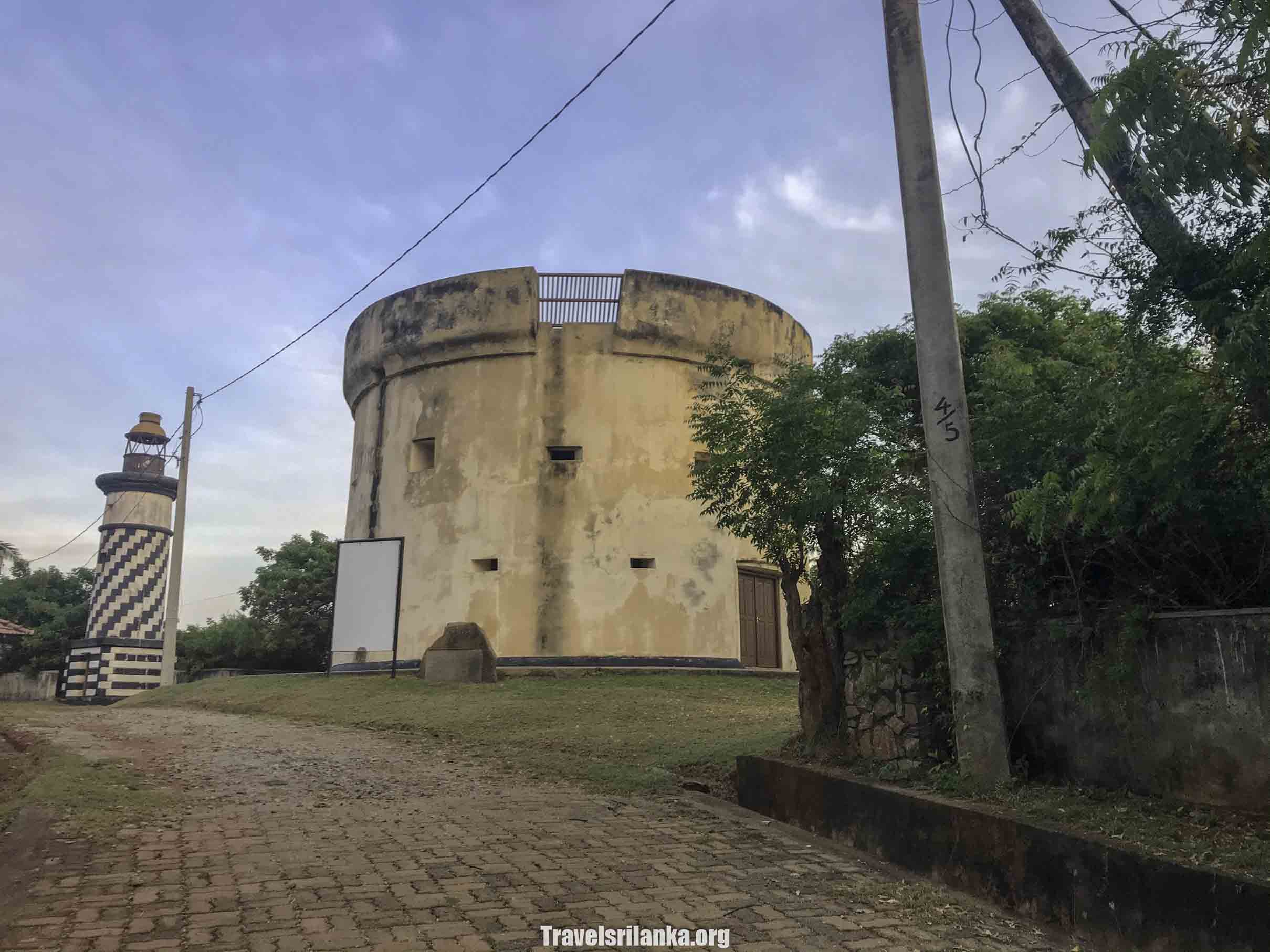
The design and the concept of Martello towers
These towers were designed with several floors, primarily to provide a strategic advantage for attacking surrounding areas from a secure elevated position. Each tower was self-sufficient, containing provisions, weapons, and accommodations, and typically consisted of four floors:
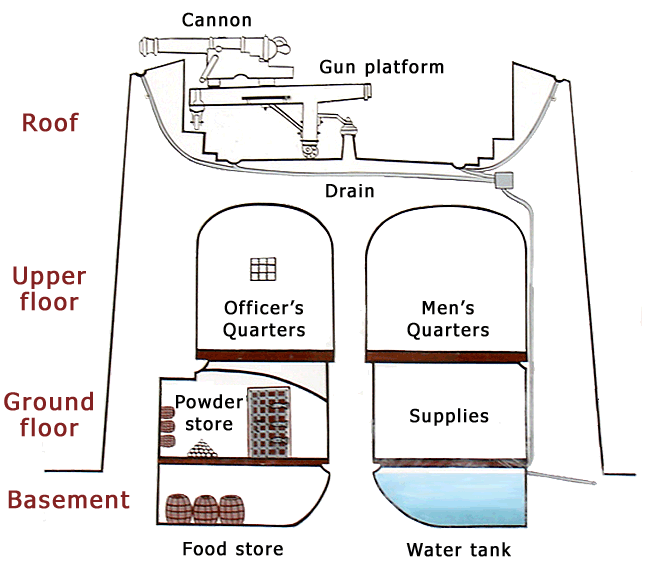
- Base: Food and water storage
- Ground Floor: Gunpowder and supplies
- First Floor: Rooms for officers and soldiers
- Upper Floor: Main gun and assault unit
Martello tower Hambantota
There are two ideas regarding the establishment of the Martello Tower in Sri Lanka. Some suggest it was built by the Dutch in 1796, while others credit a British soldier named Gopal for its construction in 1803. It is more likely that the tower, completed earlier, underwent repairs in 1796 as Dutch influence waned.
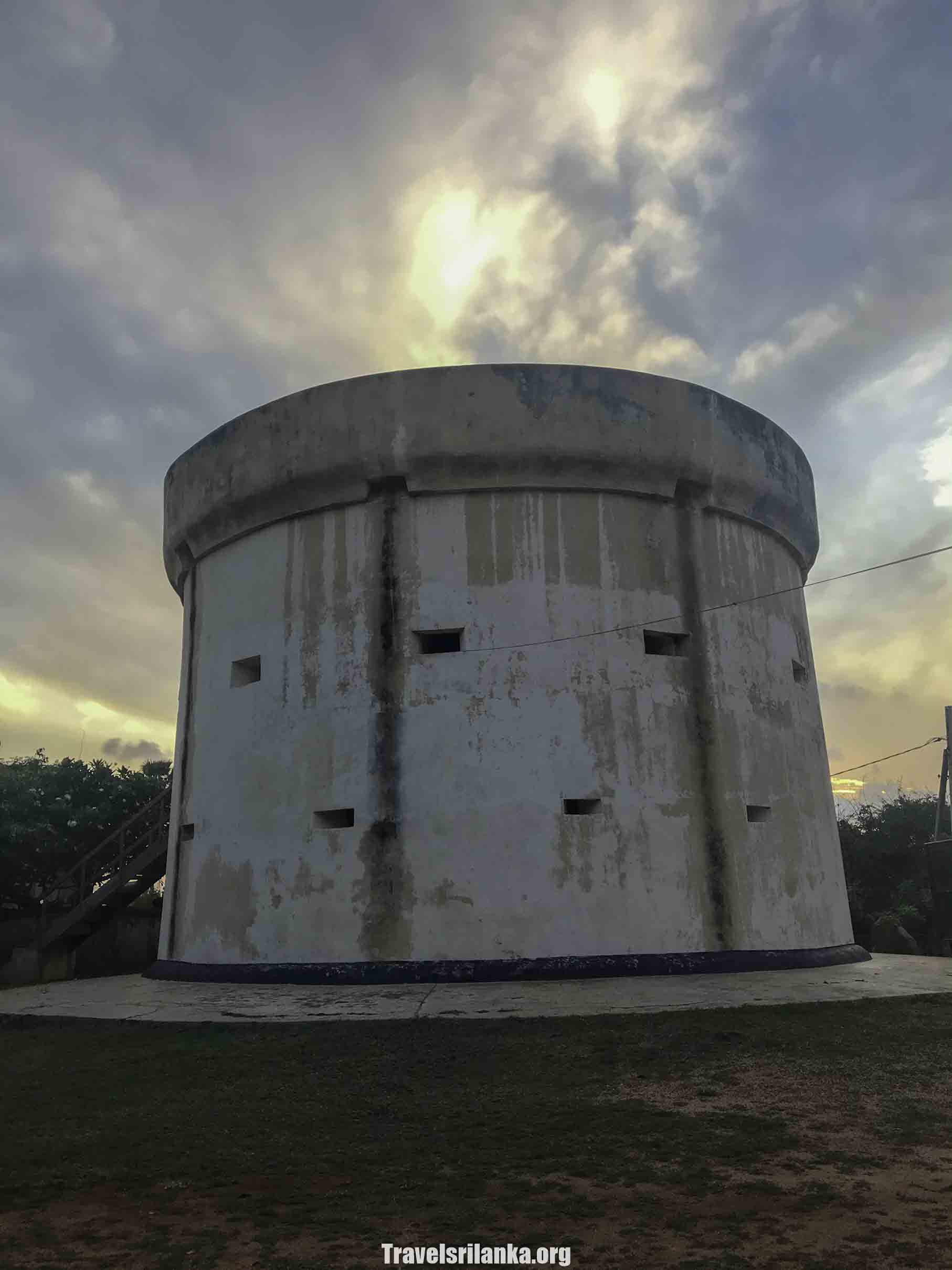
Why Martello tower is importent
The Martello Tower in Hambantota is strategically situated near the former two-way sea route, making it of constant interest to sailors and powerful figures of the past. Positioned on a small hill near Hambantota Point, it lies between the New Hambantota Port and Fishing Port, highlighting its historical significance in a once-contested region.
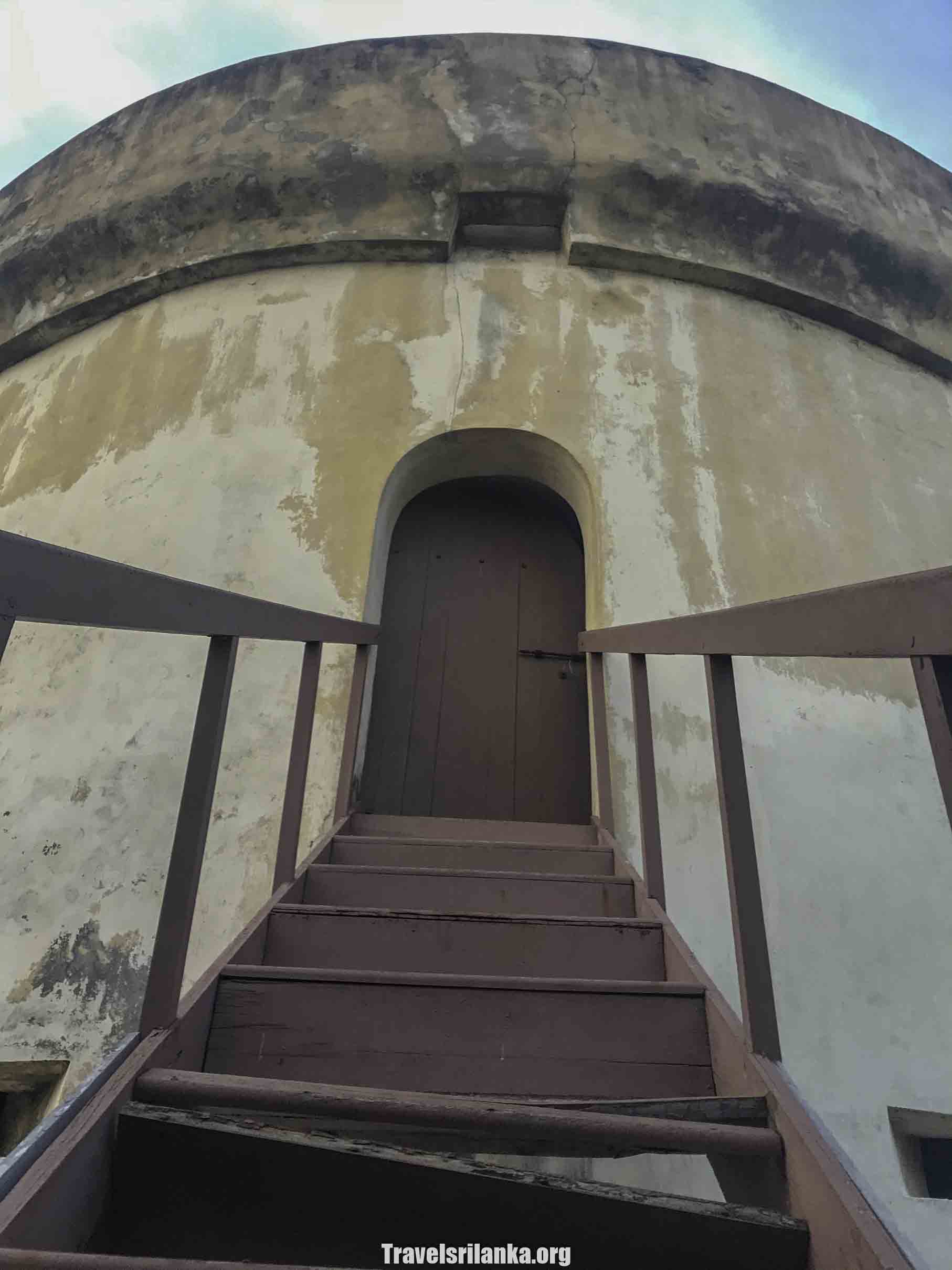
This location, formerly the site of Kachcheri Uya, boasts numerous old buildings, a lighthouse, and various archaeological sites, making it an area rich in historical value.



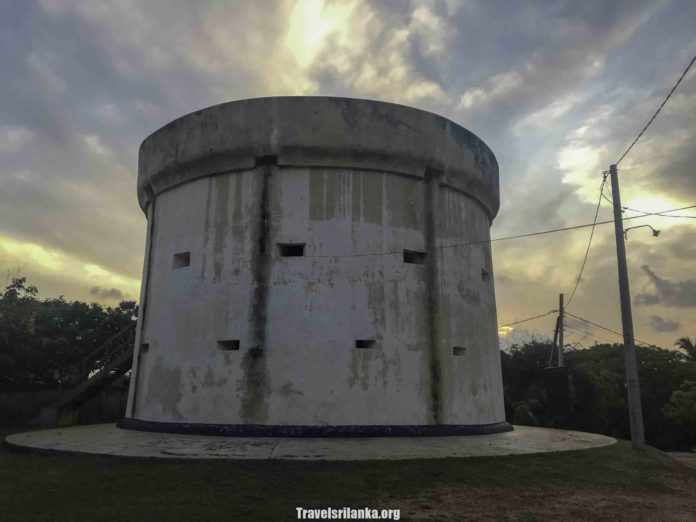
[…] Source link […]